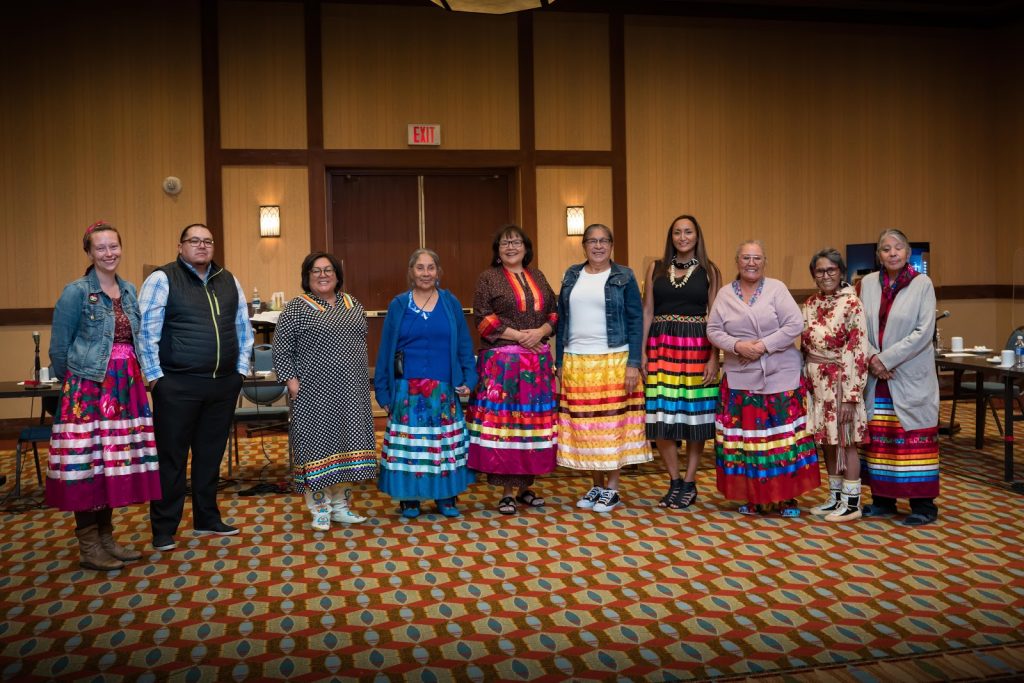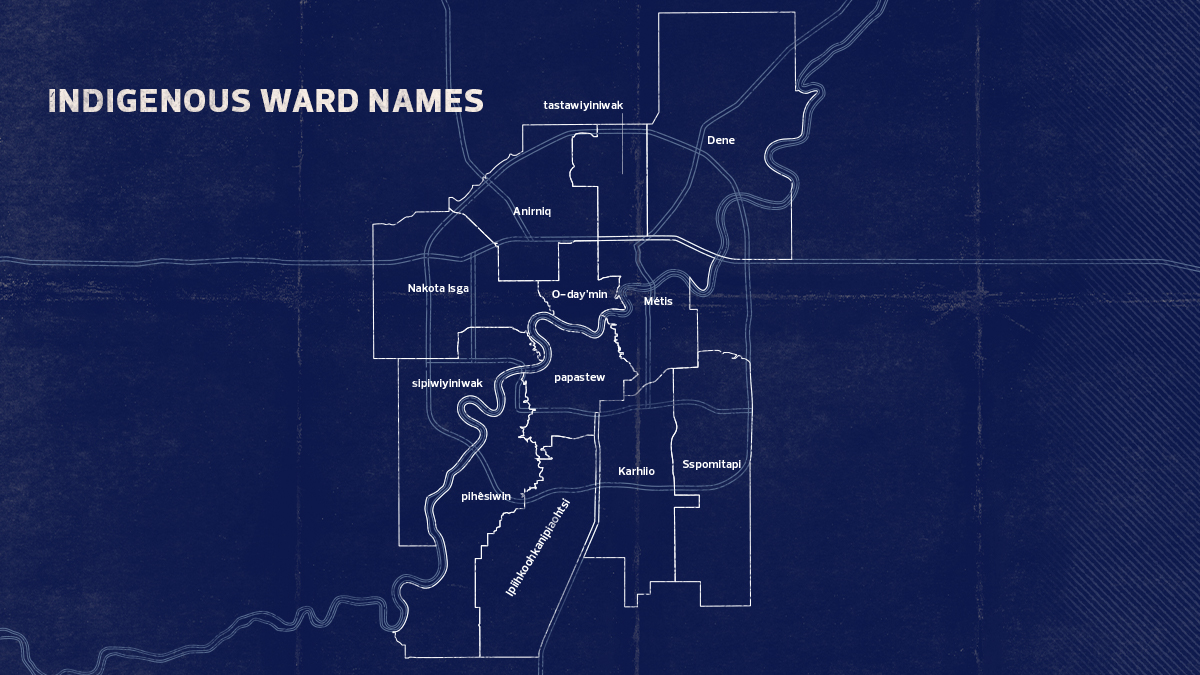A few years ago when Indigenous leaders suggested giving traditional names to Edmonton’s 12 newly drawn municipal wards, City Council said yes.
These names would honour Indigenous culture and history.
Wards are essential to Edmonton’s system of local government. Each ward consists of a group of neighbourhoods and is represented by a City Councillor.
Early on it was decided the naming committee would be made up solely of women Indigenous leaders. That was a good move.
“It’s like your grandma or your nikawiy,” said Grand Chief Billy Morin of the Confederacy of Treaty Six First Nations and Chief of Enoch Cree Nation.


